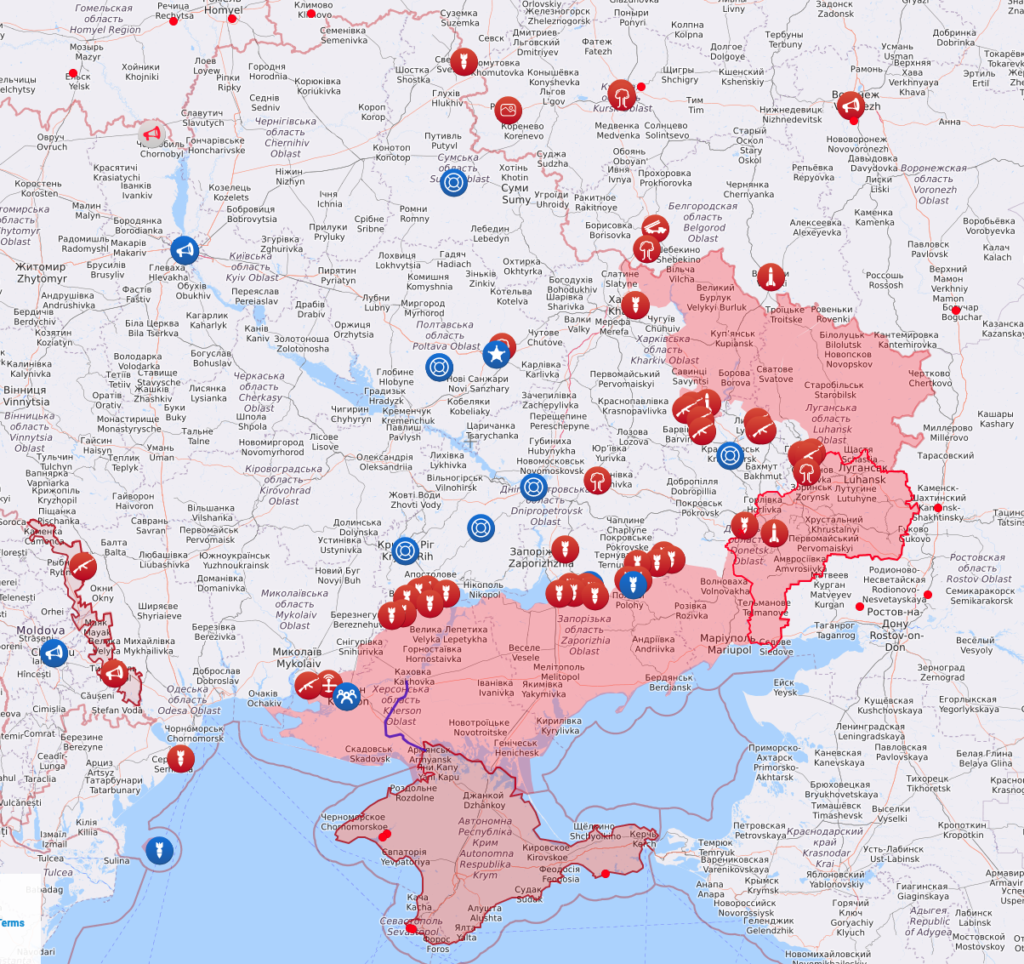I missed this bit of news from late August.
A Russian microchip factory likely producing technology for sophisticated weapons has been targeted in a significant strike, Daily Express US has heard.
A drone downed over the Bryansk region in Russia this week fell on the Kremny EL factory, dubbed “Silicon El”, according to the Mash Telegram channel.
Military blogger Romanov Light said a fire broke out at the plant’s 16th building and was extinguished around an hour later – at 1.50am local time. Staggering footage shared online shows the shocking moment the plant was struck.
Michael Bociurkiw, global affairs analyst and senior fellow at The Atlantic Council, told Daily Express US the microchip factory was a significant target.
It was one of several Russian sites struck in one of the biggest waves of attacks on Russian soil since Putin’s illegal war began.
According to Wikipedia’s vaguely accurate list of semiconductor fabs around the world, Kremny EL was running a 500 nm process, which was state of the art…in 1987. This clearly translated from something that’s not English, they seemed to originally be running power supply chips. Lots of military applications for those, and not too demanding as far as chip design goes.
So it was a military target. Could they use it for smart weapon guidance systems? Yeah, you could build something as powerful as, say, a 386 on it, and that’s plenty sophisticated enough to guide bombs and missiles with.
How long will the strike set Russia back? Hard to say, but the contamination means the entire fab will need to be decontaminated before they can process wafers again. Maybe a month. Debris may have damaged some of the machines, though the tech is so old that there are probably lots of spare parts for things that can be had despite sanctions. If they hit the power center, the air-handling system, or the DI water system, that could take a while to repair, especially if they need modern western parts. And if they took out the power, all the wafer processing machines will have to be requalified, which is a gigantic pain in the ass and quite time-consuming. But most of the in-process wafers will be safe inside FOUPs, and can probably continue processing, once the fab is up and running again.
Still, it will be a setback for Russia. It’s just unclear how large a setback.
